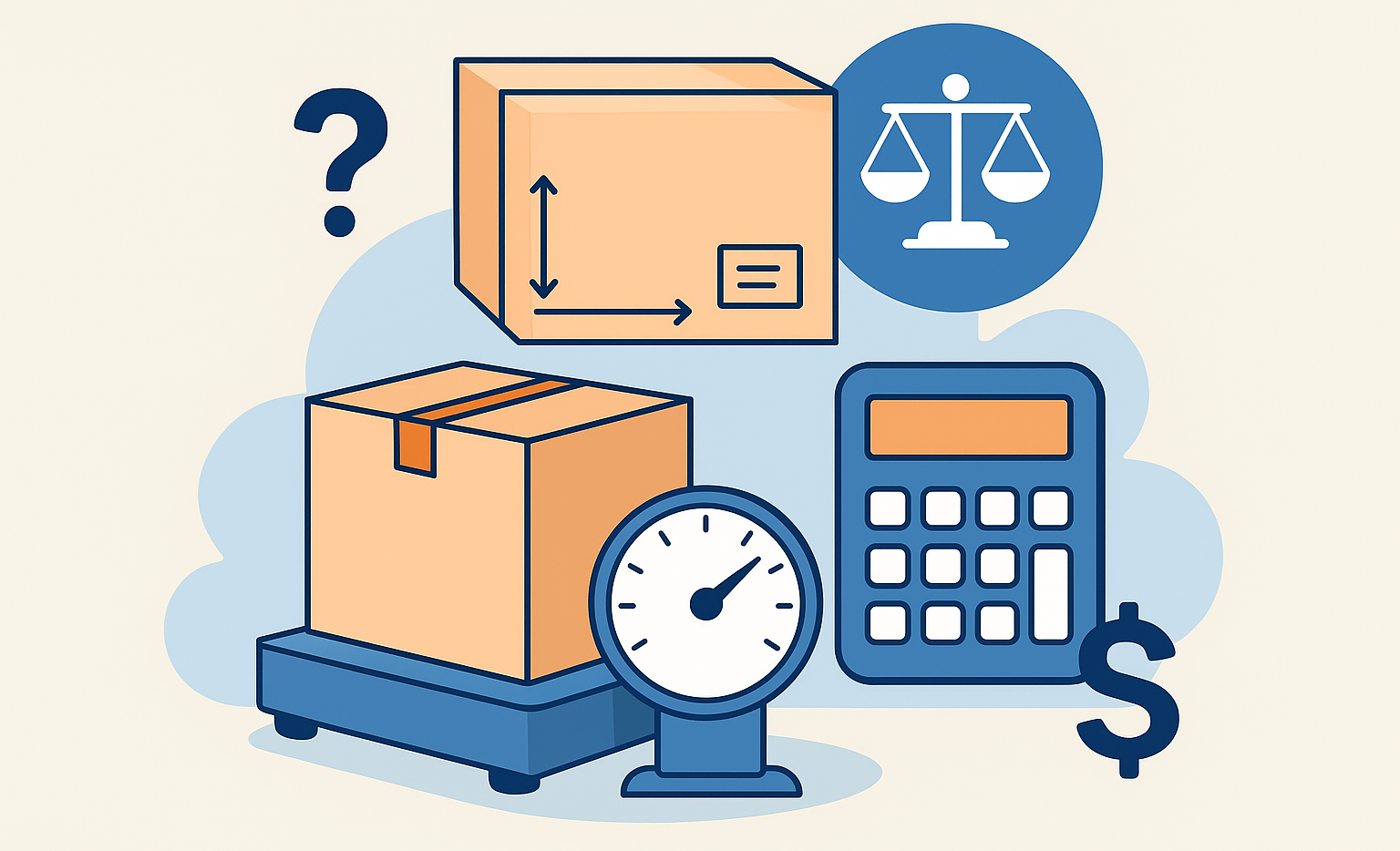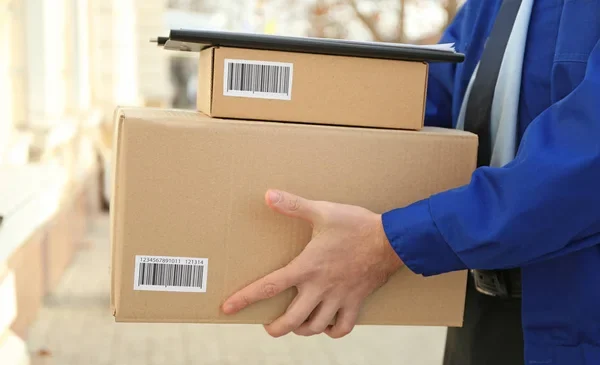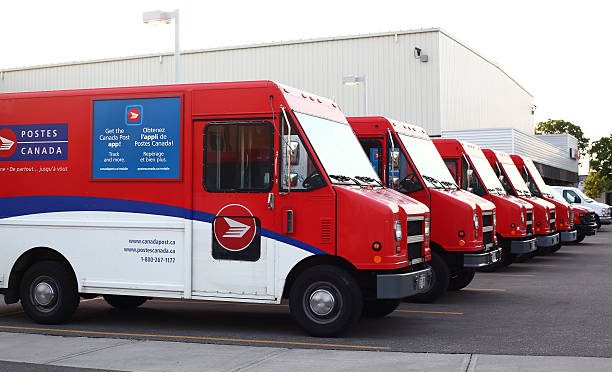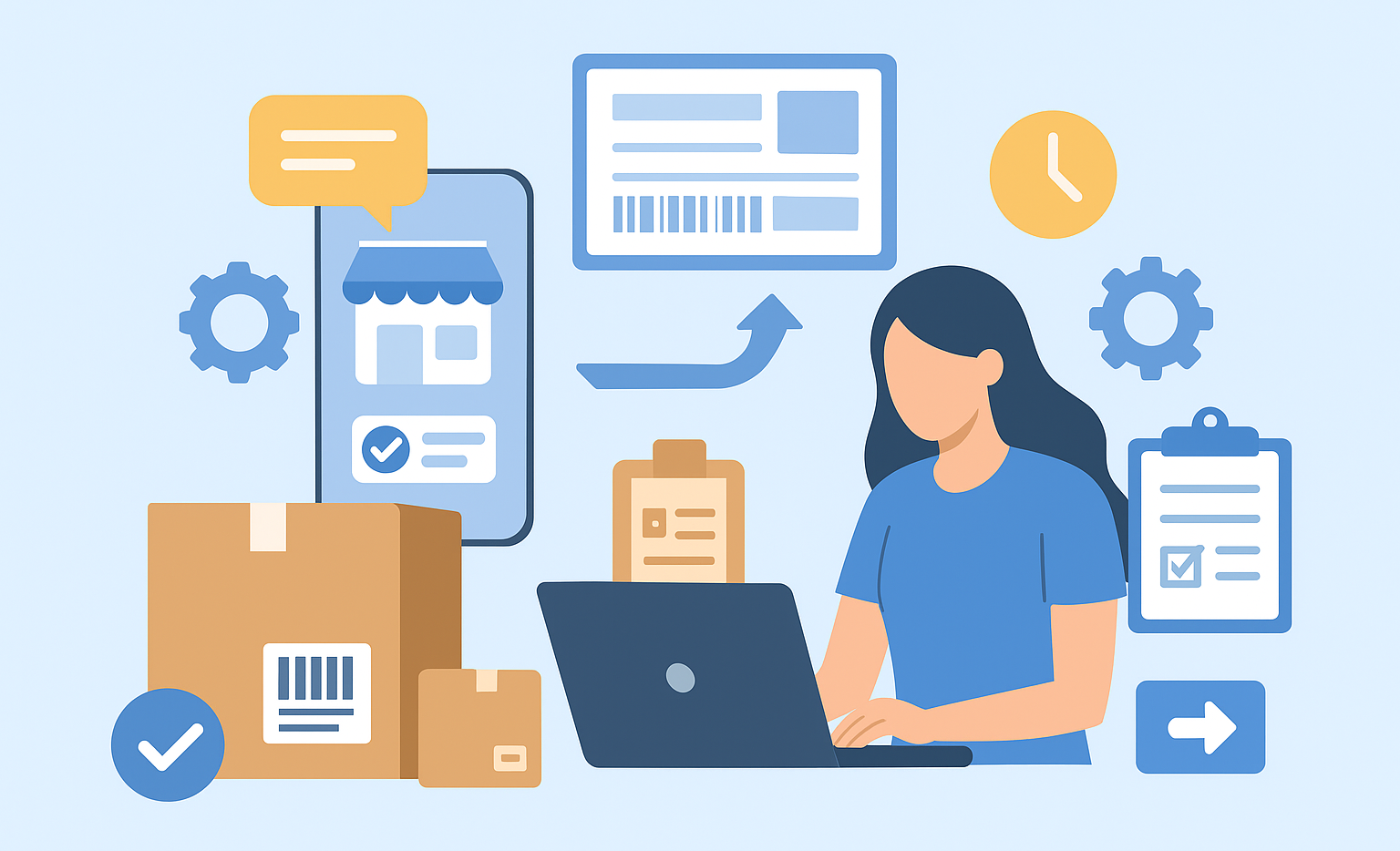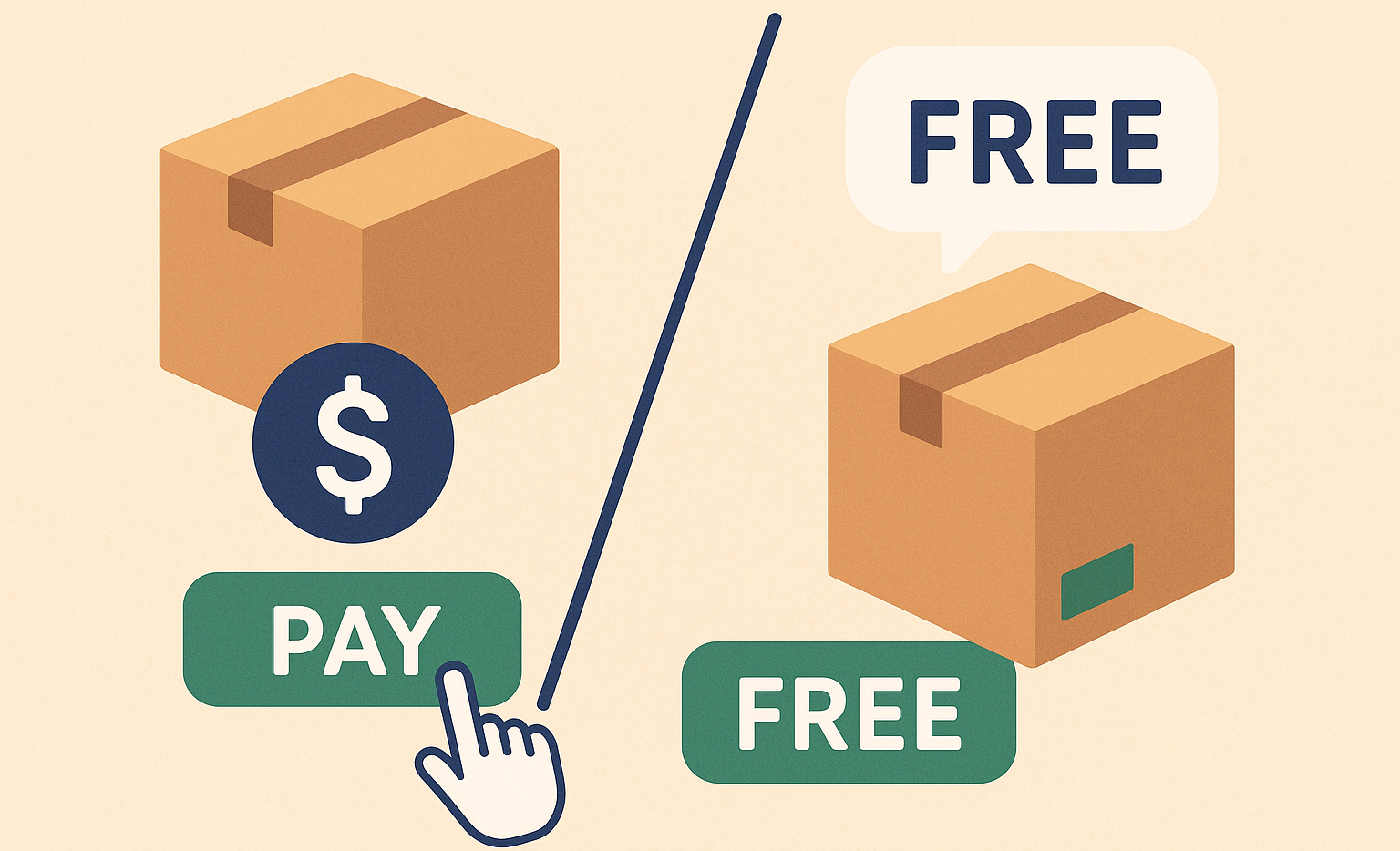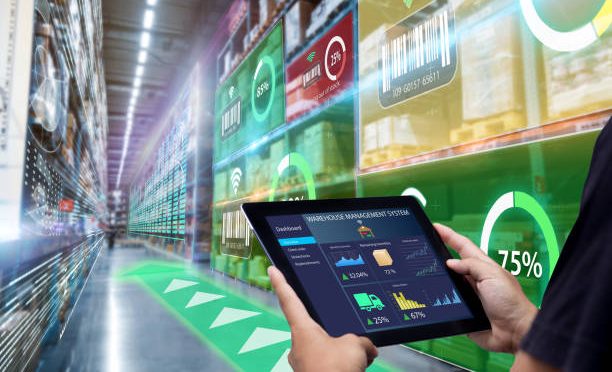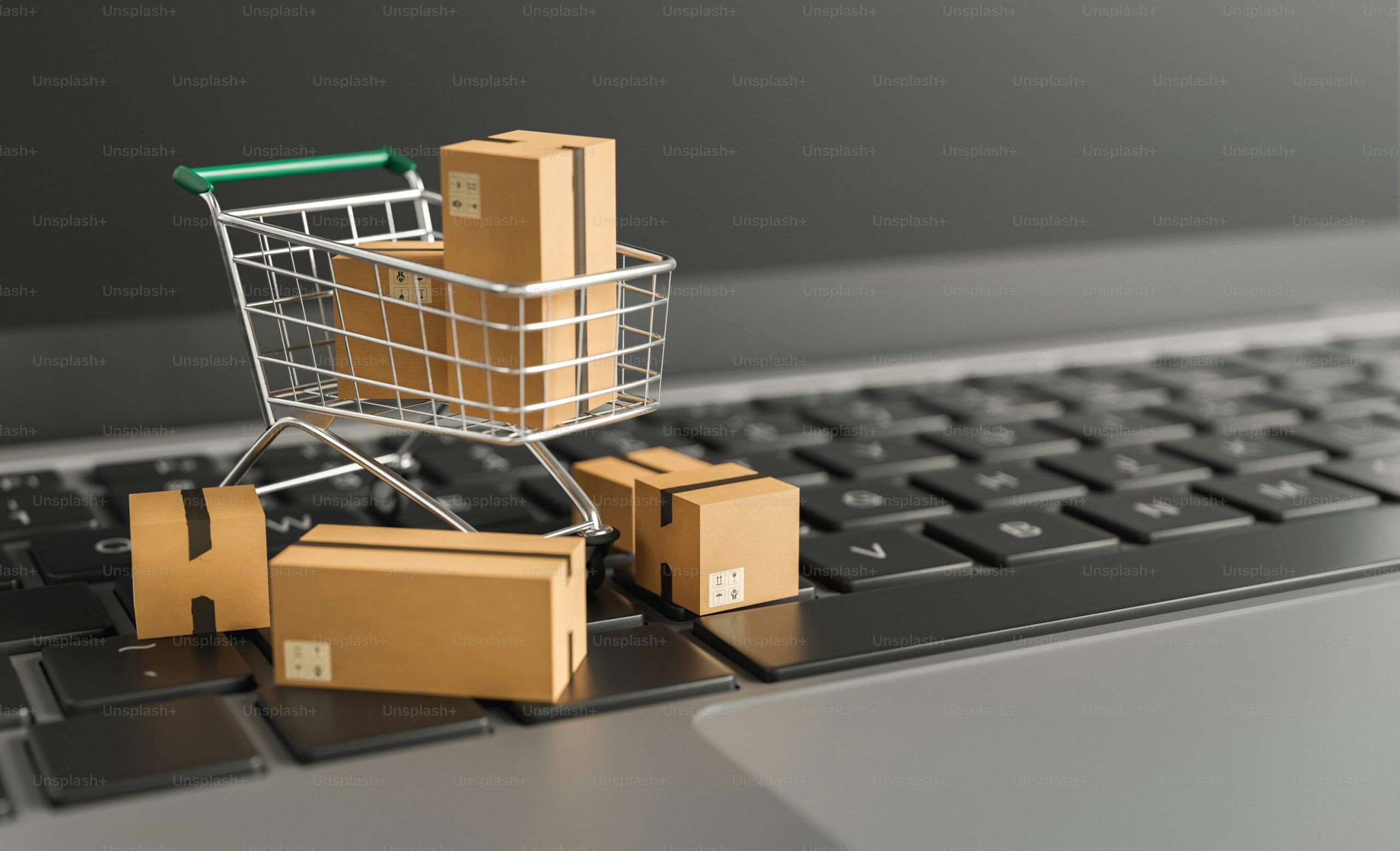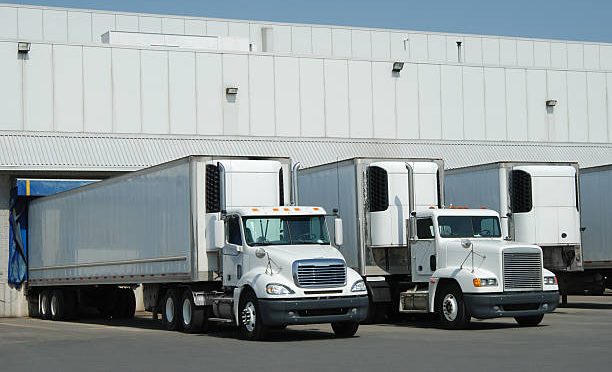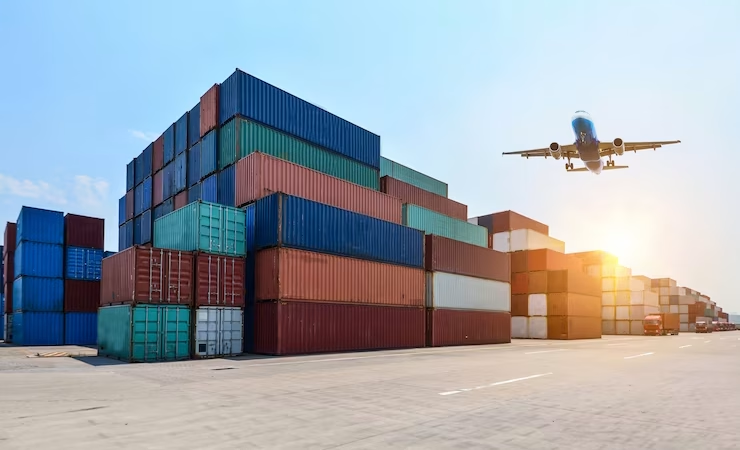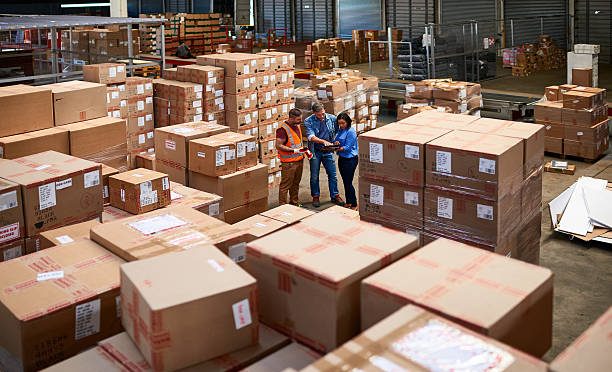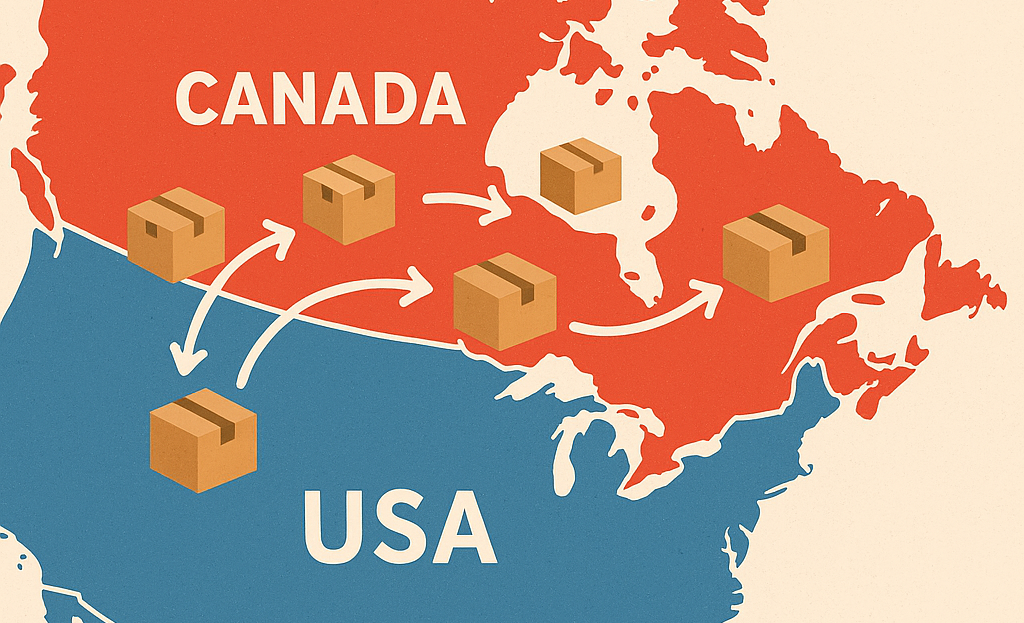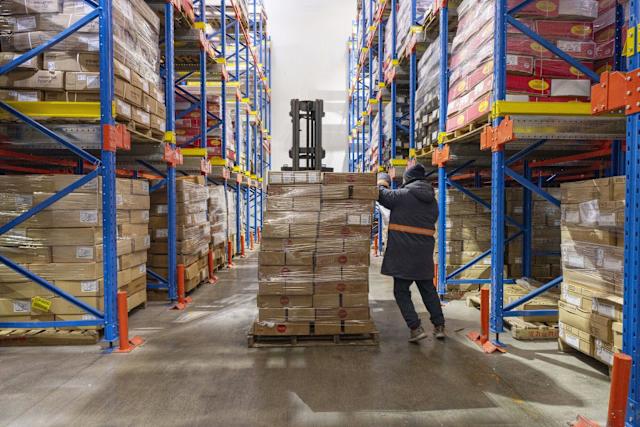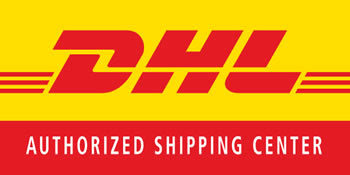
Setting up efficient shipping is essential for your ecommerce business to thrive. It impacts your profit margins, customer satisfaction, and the likelihood of repeat purchases. An effective shipping strategy involves careful planning of packaging, carrier selection, cost management, and timely delivery.
Understanding the core stages of fulfillment and integrating automation can help streamline your operations and reduce expenses. You don’t need to complicate the process; a step-by-step approach can guide you in building a system that meets your customers’ expectations while keeping costs under control.
By mastering these elements, you can create a scalable shipping process that supports your business growth and improves customer loyalty. This guide will take you through the practical steps to optimize your ecommerce shipping from start to finish.
Step 1: Define Shipping Options
Define your shipping options clearly before integrating them into your ecommerce platform. Decide which methods you will offer, such as standard, expedited, or overnight shipping. This helps set customer expectations and streamlines order fulfillment.
Next, determine your shipping rates. You can choose from flat rates, weight-based, or zone-based pricing. Consider which option aligns best with your product sizes, destination variances, and profit margins.
Use this table to guide your decisions:
| Shipping Option |
Description |
When to Use |
| Flat Rate |
Same charge regardless of order size |
Simple pricing, uniform packages |
| Weight-Based |
Cost based on package weight |
Variable product weights |
| Zone-Based |
Pricing varies by delivery region |
Wide geographic range shipments |
Packaging is also critical. Select materials that protect your products while keeping costs manageable. Packaging impacts shipping weight and dimensions, affecting both price and handling.
You must finalize how you will manage returns and lost packages. A clear return policy reduces disputes and strengthens customer trust.
Set up tracking and notification protocols next. Customers want transparency on their orders’ status. Most couriers provide tracking services you can integrate with your site.
By carefully planning your shipping options and rates, you create a smooth and reliable delivery experience for your customers.
Step 2: Set-Up Shipping Options
Choose and set up your shipping options clearly. Decide which carriers and delivery methods best fit your business needs and customer expectations. Consider factors like cost, speed, and reliability.
Define your shipping zones to control where you deliver. You can set different rates based on regions such as local, national, or international destinations. This helps manage costs and pricing transparency.
Prepare a simple table to manage your shipping settings:
| Shipping Zone |
Carrier Options |
Delivery Speed |
Cost Basis |
| Local |
USPS, Local courier |
1-3 days |
Flat rate |
| National |
FedEx, UPS |
3-7 days |
Weight/Distance |
| International |
DHL, USPS Global |
7-14 days |
Variable |
Packaging your products correctly matters. Use appropriate materials to protect the items. Packaging should meet carrier requirements and avoid additional fees.
Automate your shipping calculations when possible. Many ecommerce platforms allow you to integrate shipping APIs. Automation reduces errors and speeds up checkout.
Lastly, communicate your shipping policies on your site. Be clear about costs, delivery times, and any restrictions. Transparency improves customer trust and reduces disputes.
Step 3: Calculate Costs and Automate Processes
Now, focus on selecting and setting up your shipping options. Define the types of services you will offer, such as standard, expedited, or same-day delivery. This helps customers choose the best fit for their needs and your business model.
Consider the cost structure carefully. Decide whether you will offer free shipping, flat-rate shipping, or real-time carrier rates. Each option impacts your profit margins and customer expectations differently.
Communicate shipping costs clearly on your product pages and checkout process. Transparency reduces cart abandonment and improves customer satisfaction.
Choose reliable shipping carriers based on coverage, cost, and speed. Popular couriers include USPS, FedEx, UPS, and DHL, depending on your market and shipping destinations.
Create a shipping policy that outlines delivery times, costs, and return procedures. Display this policy visibly on your website to build trust with customers.
Use technology tools to automate shipping labels, track shipments, and manage orders. Integration with your ecommerce platform streamlines these tasks and reduces errors.
Keep in mind the importance of packaging. Your packaging should protect products efficiently while minimizing size and weight to reduce shipping costs.
Finally, set up your order fulfillment flow. Decide if you will ship in-house, use third-party logistics (3PL), or utilize fulfillment centers like Amazon FBA. Each option has trade-offs related to cost, control, and scalability.
Step 4: Consider Choosing a Shipping Provider
Selecting the right shipping provider is critical for your ecommerce business. It affects delivery speed, cost, and customer satisfaction.
You can rent a mailbox to keep your home address private, while also ensuring a secure location for package receipt. This is useful if you want a professional business address or need a flexible mail handling option.
Many providers offer a multitude of shipping options within Canada and internationally. This allows you to align your shipping costs with your business goals. Additionally, they can provide packing services which can help streamline your process even further.
Before committing, consider these factors:
- Shipping destinations and zones
- Parcel size and weight limits
- Integration with your order fulfillment process
- Customer service responsiveness
Checklist for finalizing your shipping:
- Choose carriers based on cost, speed, and reliability
- Negotiate volume discounts when possible
- Integrate tracking notifications with your ecommerce platform
- Publish clear shipping and return policies
- Test your shipping setup with trial orders
With these steps completed, your shipping process will be efficient, transparent, and aligned with your business needs.


